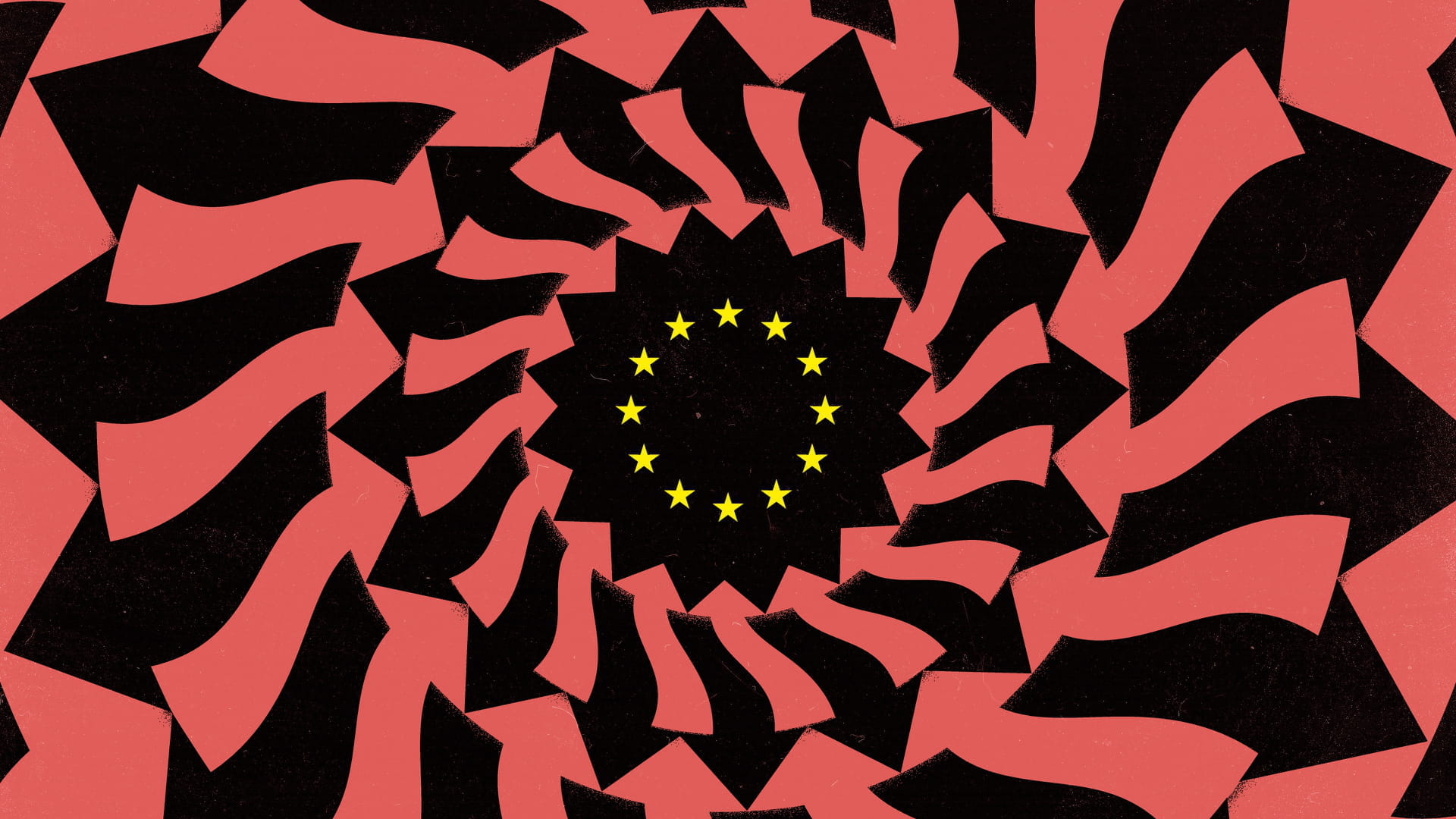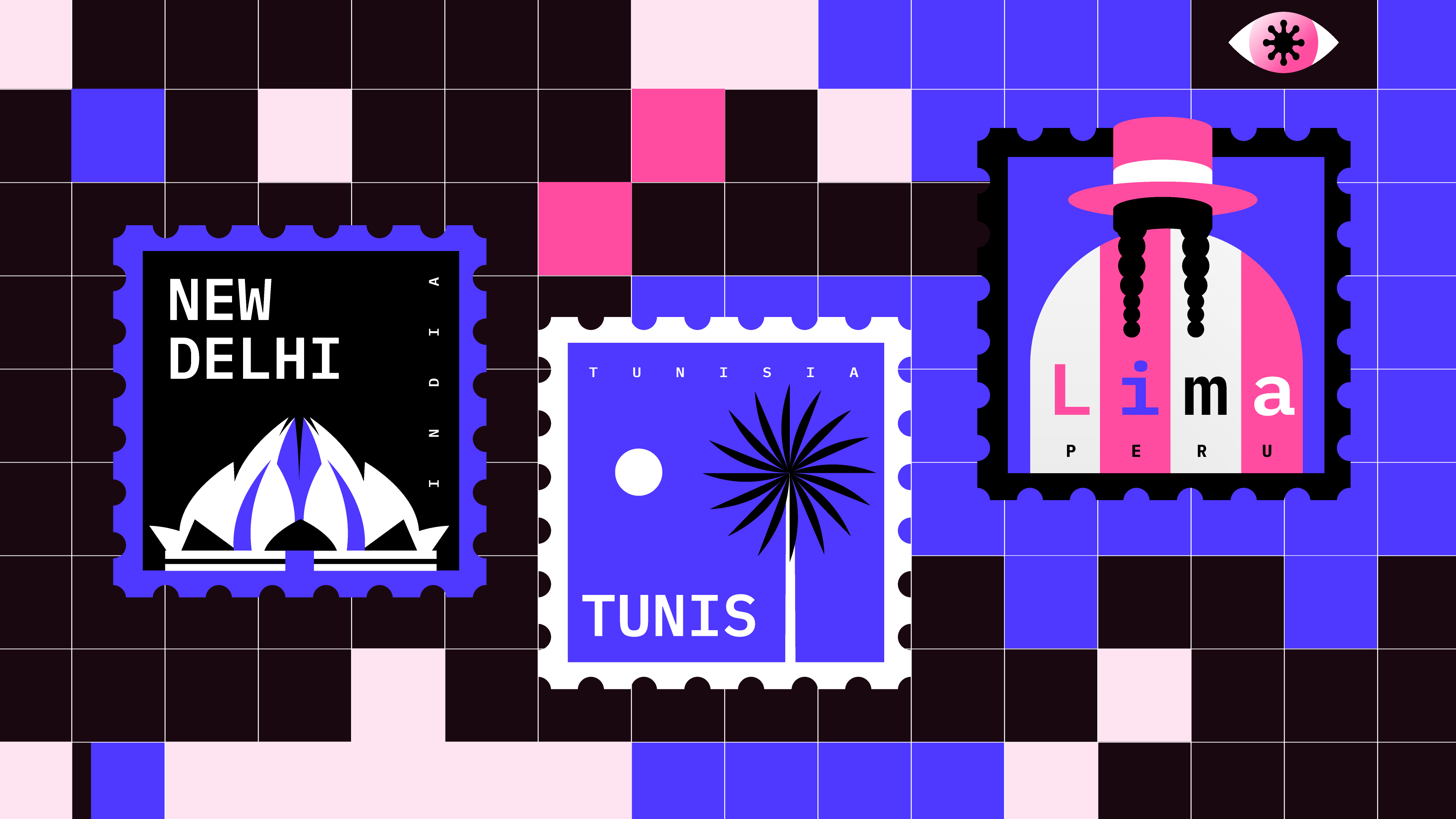
I must admit I had never heard of Konkani – just like I have never heard of hundreds of other languages, many of which are endangered. What I loved about this essay is the writer’s internal search to explain why she lost her native language, and her conclusion that it is impossible to explain the reasons for this without explaining the history of colonisation Goa went through.
Irene, First 1,000 Days correspondent

In this Atlantic article, epidemiologist Julia Marcus argues that yes, crowded events need to be avoided, but policing people’s behaviour won’t help. We’ve come to accept the message that pleasure must be avoided during the pandemic. Chastising people for being careless is understandable, but a smarter approach would be to ask them why they’re partying.
The simple reason is that the desire for human connection is essential, so how can we lower infection rates while prioritising well-being? The HIV epidemic taught us that criminalising behaviour only drives it further underground, making it more difficult to handle effectively.
The solution? Compassionately encouraging ways for people to connect (outdoor events, for example, or food trucks and drinks to go).
Shaun, copy editor
The best of The Correspondent
 Science shows the remedy for hatred and prejudice is as simple as it is revolutionary: contact with our enemies
How do you reconcile sworn enemies and end hatred and prejudice? The forgotten story of two identical twin brothers who ended up on opposing sides of the struggle to end apartheid in South Africa offers an answer: contact with your enemy.
Science shows the remedy for hatred and prejudice is as simple as it is revolutionary: contact with our enemies
How do you reconcile sworn enemies and end hatred and prejudice? The forgotten story of two identical twin brothers who ended up on opposing sides of the struggle to end apartheid in South Africa offers an answer: contact with your enemy.
 How maps in the media make us more negative about migrants
Whether we’re looking at The Correspondent, the world atlas or the national news, migration across the Mediterranean is depicted on maps as thick red arrows heading towards us. Far more than we realise, these arrows define how we view migration. Can that be changed?
How maps in the media make us more negative about migrants
Whether we’re looking at The Correspondent, the world atlas or the national news, migration across the Mediterranean is depicted on maps as thick red arrows heading towards us. Far more than we realise, these arrows define how we view migration. Can that be changed?
 The pandemic will end. But in India, Tunisia and Peru, there are signs the surveillance will not
In India, judges make downloading a coronavirus app mandatory for suspects released on bail, Tunisia has a long history of government surveillance and in Peru, a survey system slurps personal data. In all three countries, writers fear Covid-19 surveillance could outlive the virus.
The pandemic will end. But in India, Tunisia and Peru, there are signs the surveillance will not
In India, judges make downloading a coronavirus app mandatory for suspects released on bail, Tunisia has a long history of government surveillance and in Peru, a survey system slurps personal data. In all three countries, writers fear Covid-19 surveillance could outlive the virus.


